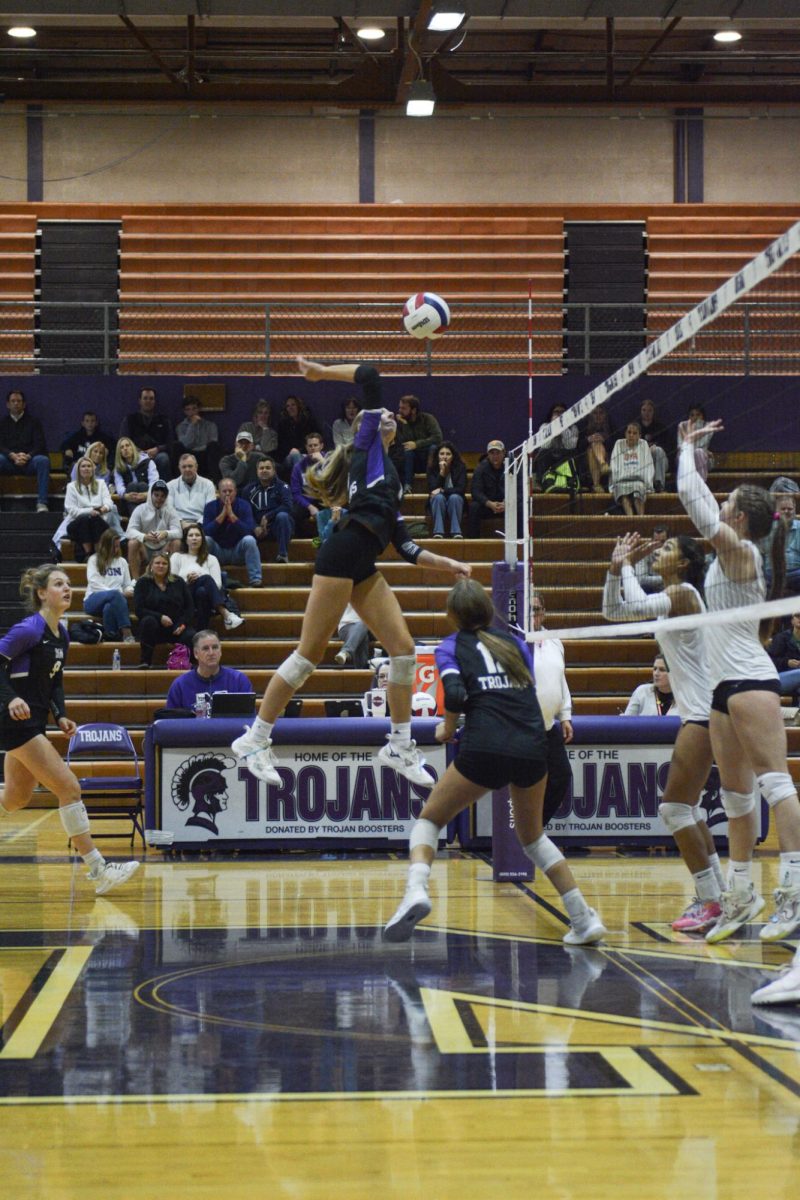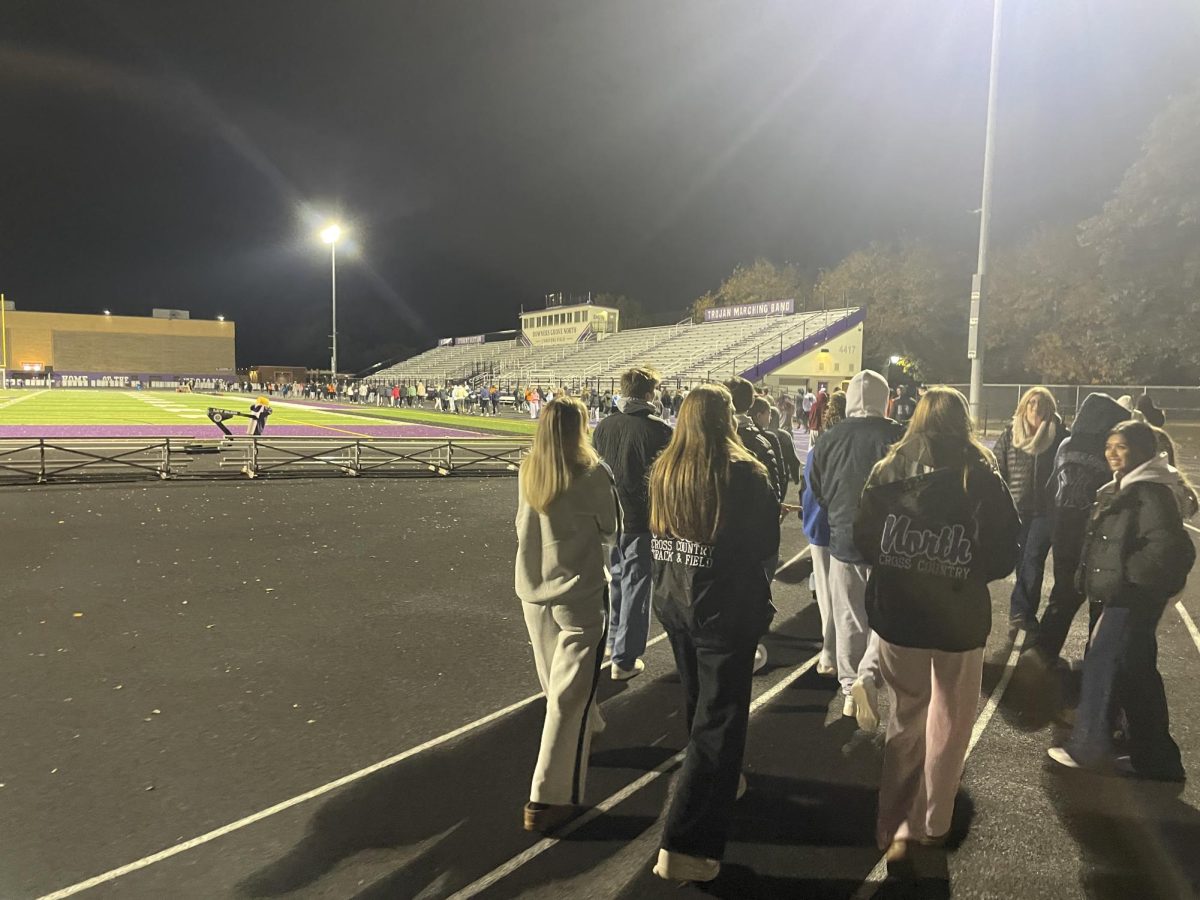Remote learning enhances academic performance, ensures student safety
October 28, 2020
After countless hours of remote learning, schools all across the nation, including DGN, have reopened for location-based amounts of in-person learning. Many students are planning to or already have returned for this matter–but I’ve done my research. After a period of contemplation, rumination and even consideration, I have reached the executive decision of not returning–and I am about to tell you why.
Many of my classmates have labeled remote learning as a challenging and taxing method of schooling. Yet, while I have come to agree with these outlooks at one time or another, I have grown convinced that remote learning is far more effective, beneficial, and safer than in-person learning during the pandemic.
According to Associate Professor of Educational Psychology and Technology at Michigan State University Christine Greenhow, remote learning may benefit and advantage students more than in-person learning in terms of academic presentation.
“Online learning can be as good or even better than in-person classroom learning,” Greenhow said in a The Hill article published July 1 by writer and science journalist Chia-Yi Hou. “Research has shown that students [doing] online learning performed better than those receiving face-to-face instruction,” said
While many believe they function better with in-person learning, I actually relate to this article and feel that remote learning enhances my academic performance. This primarily is because it grants me two things in-person learning has not in years past: the ability to focus harder and an additional amount of time to study and complete assignments.
I have realized that while being physically present at school in years past, my concentration level was actually significantly lower than it is at home now. And, with virtual learning, I have the time it takes to ride the bus to and from school, along with the time the newly lengthened passing periods account for, to prepare for and complete tests and assignments–more than an hour I wouldn’t get with in-person learning.
Greenhow also explains that online learning allows students to learn and work at their own pace and think more critically about class content. And from what I’ve come to understand, both these abilities are required to do well in college. Being a college-bound student, I have come to realize that remote learning may potentially be more profitable than what initially meets the eye.
Besides missing out on those educational benefits that remote learning offers, I would also be concerned for my and others’ health had I chosen to return. While the state and district have taken careful precautions for returning students, research and data more than override those measures’ effectiveness.
A Centers for Disease Control and Prevention report published Sept. 28 stressed that teens are twice as likely to become infected with the virus than younger children. And while research has shown those under 18 have a smaller death toll and generally more minor symptoms of the virus than adults, a Healthline article published July 30 by writer and editor Leah Campbell shines a light on newer findings.
According to the article, “One study that analyzed nearly 60 thousand contact points from 5,706 patients with COVID-19 found that the rate of transmission for children aged 10 and over can be just as high as adults.”
Given this data, I wouldn’t feel entirely safe physically returning to school. Even if I don’t contract the virus, I may still become asymptomatic and risk passing on a more severe case to my friends or even my loved ones–for which I would never be able to forgive myself.
With this said, school districts should consider whether the few hours of in-person learning they can provide are really that effective in the long run or if they are merely forcing the reopening of their building for the sake of wanting to return. Students like me should weigh the benefits and risks of both learning options and think about whether they are genuinely fair to themselves, their acquaintances and their families by going back to school.
In the end, it is solely the individual student’s and their family’s responsibility to decide on learning in person or remotely. However, I would hope that they take my rationale for choosing remote learning into account, as while in-person learning may seem the best and most enjoyable route to go now, students may very well end up regretting it at some point down the road.
























